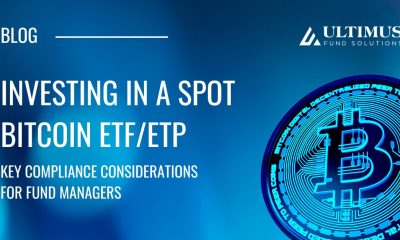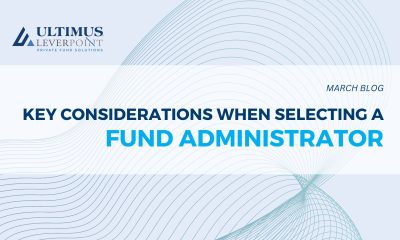“The SEC staff is currently using these [big data] computing environments and is also planning to scale them up to accommodate future applications that will be on a massive scale…We have utilized both machine learning and big data technologies to extract actionable insights from our massive datasets.”
– Scott W. Baugeuess, Acting Director and Chief Economist, SEC Division of Economic and Risk Analysis, SEC, June 21, 2017
Big Data Tools
Big data describes the large volume of data – both structured and unstructured—that inundates a business on a day-to-day basis. But what is important is what your advisory firm does with the available data, not the potentially huge volume. If the data can be handled by your firm using the right tools, it represents a treasure trove of valuable information. And since the SEC is explicit in its public comments about using big data tools, it behooves your firm to understand how you can also use appropriate tools, to forestall or eliminate regulatory inquiries and deficiencies.
Here’s one example: one service provider monitored trading activity on over 85 million accounts in 2017. On those accounts, it analyzed over 138 million trades totaling over $7.0 trillion for market timing violations. Of that, .05% were identified as suspicious, and a fraction of those were true market timing violations. Now, most firms needn’t deal with that many transactions—but it is important for compliance officers to understand what data, and analytic resources, are available to help in their specific risk environment.
Turn Pencil Pushers into Analysts
So why partner with your service providers, such as a technology partner or fund administrator, and jump into the Big Data pool? Shifting from manual processing to exception-based analysis transforms roles from heavy data entry to a much more efficient data review – decreasing risk and increasing knowledge, not to mention improving job satisfaction for the staff conducting the review. For example, hundreds of securities transactions can be posted and reconciled automatically within seconds. Any exceptions are presented to the end user for analysis and resolution.
As we suggested above, stepping into using big data tools can help level the playing field with regulators who get data from all industry participants. Your technology service providers can provide insights from across a wide spectrum of their clients, creating a best practice for regulatory oversight. They can also provide subject matter expertise on compliance areas such as:
- 15(c) advisory contract approval and renewal
- 22(c)-2 market timing monitoring and analysis
- Proxy voting
- Intermediary relationships
What Should You do?
At a minimum, talk to your service provider and identify the systems and information available. The data is likely available through one or more portals, often in formats designed to help you, the mutual fund or adviser compliance or operations executive. Explore, on your own or, even better, in consultation with your service provider, how you can go beyond using exception reports to enhance the way policies are evaluated and tested. You should also consider how you can employ data resources to conduct ongoing due diligence. While you needn’t become a Big Data guru, you can definitely benefit from those who are.



